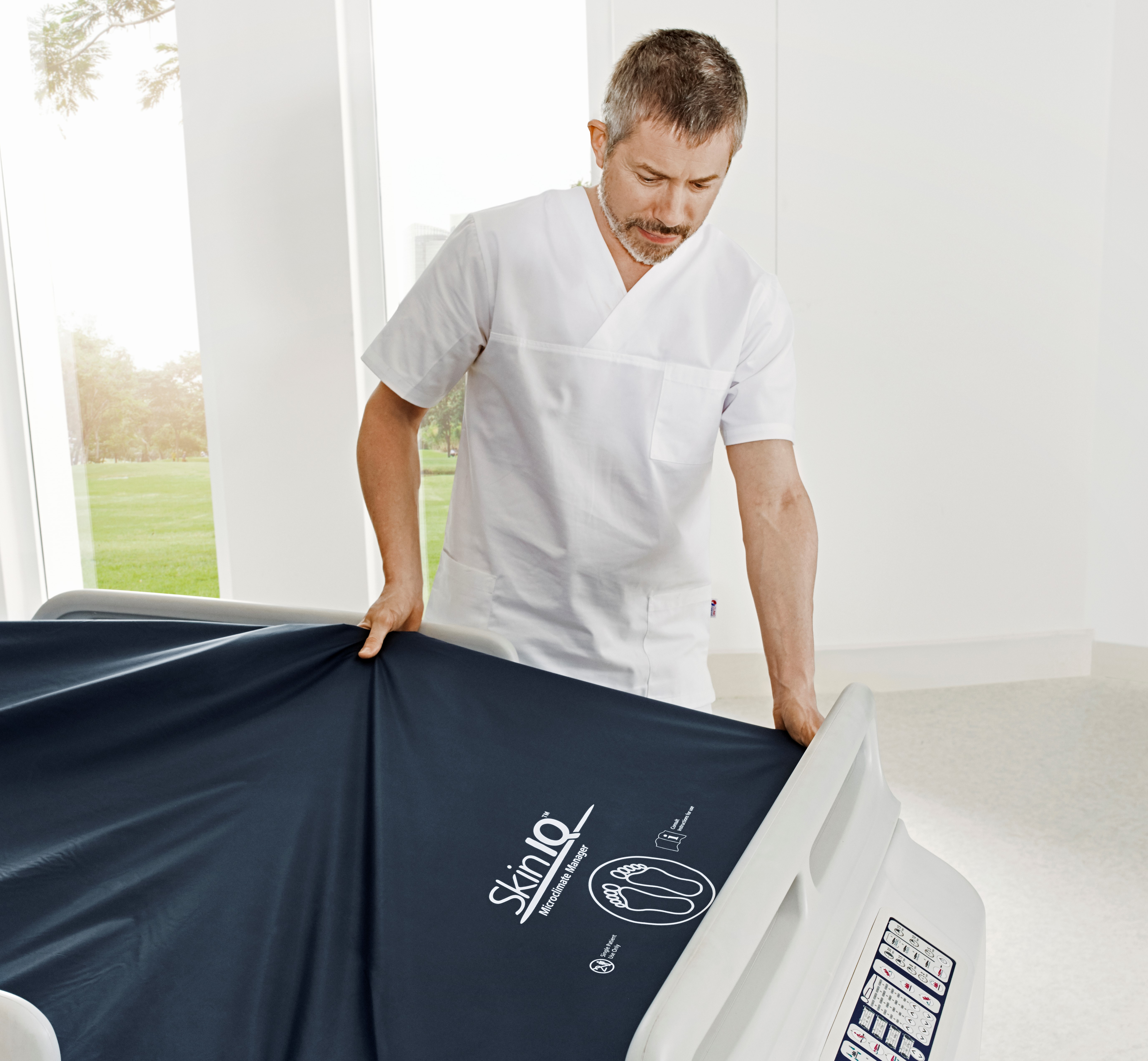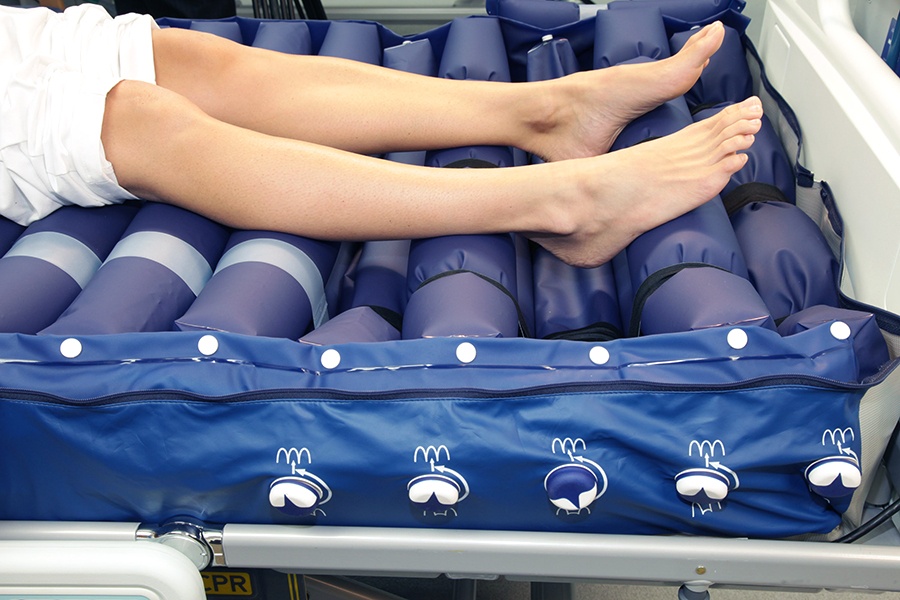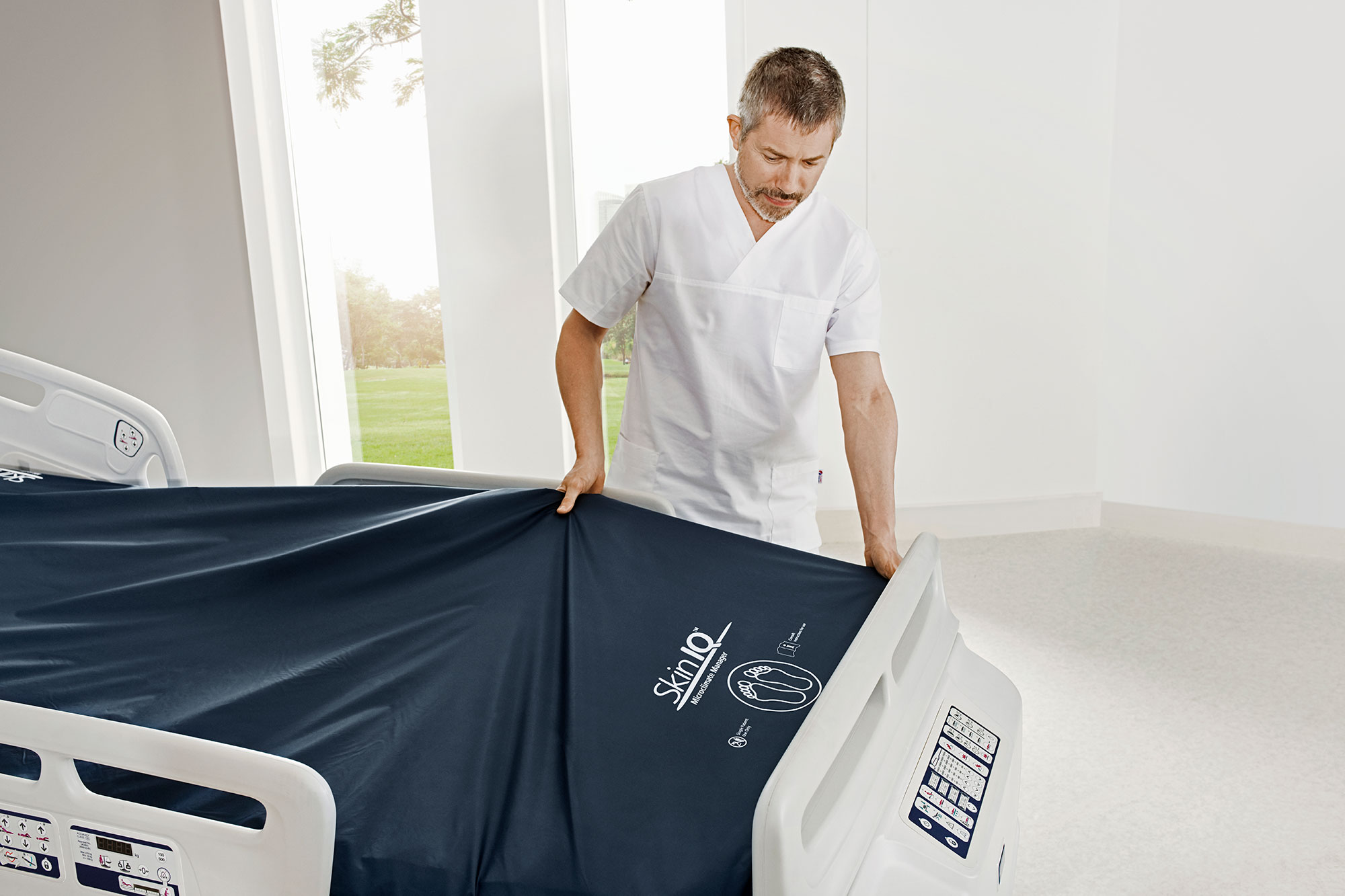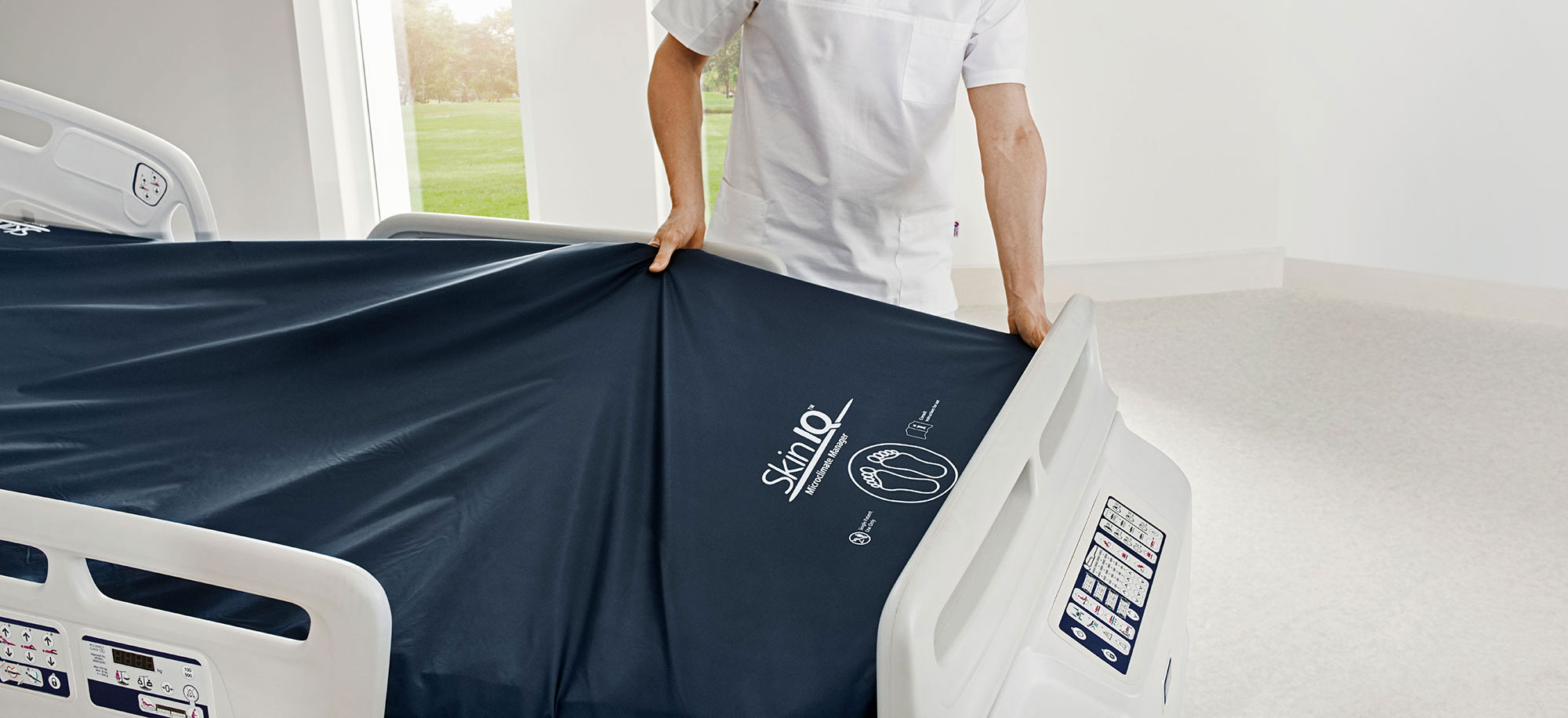Topic: pressure injury (2)
×
Although high or prolonged pressure is often viewed as the most significant extrinsic factor in pressure injury development, there is a growing appreciation of the effects of microclimate in pressure injury formation and healing.1 Controlling microclimate is a key factor for patients at risk of maceration and skin breakdown.2
Read blog post

November 21 2018
5 Pressure injury prevention technologies
The 21st of November is Stop Pressure Injury Day. Throughout this time we will be raising awareness of pressure injuries by highlighting the global impact they can have on patients and care environments, how they are caused and the best ways to prevent them with a series of informative articles. Pressure injuries are today included among the daily challenges faced by clinicians around the world and their prevalence and incidence remain high in many care settings.1
Read blog post

November 7 2018
The top causes of pressure injuries in care environments
The 21st of November is Stop Pressure Injury Day. Throughout this time we will be raising awareness of pressure injuries by highlighting the global impact they can have on patients and care environments, how they are caused and the best ways to prevent them with a series of informative articles. The occurrence of pressure injuries, also known as pressure ulcers, still remains high in many care environments, despite advances in technology and education and guidelines. Such injuries can cause a lot of pain for patients.1
Read blog post

November 1 2018
How to Prevent Pressure Injury in Care Environments
The occurrence of pressure injuries is not limited to acute settings. Anyone can potentially develop a pressure injury. The main causes of pressure injuries, also known as pressure ulcers, are pressure, shear and microclimate. However, other factors such as age, mobility, obesity, medication and malnutrition all affect a patient’s susceptibility to developing one.
Read blog post
